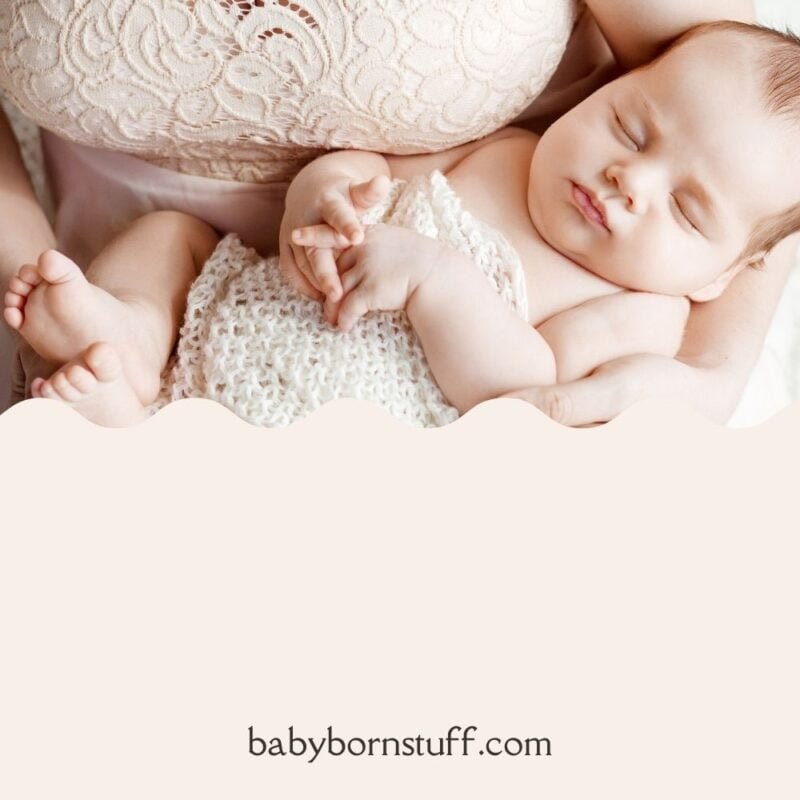 Congratulations on your newborn! Bringing your little one into the world is an incredible experience. One of the best ways to bond with your baby while keeping your hands free is by using a baby carrier. But with so many options available, choosing the right one for your newborn can be overwhelming. This guide will help you navigate the world of baby carriers and find the perfect fit for you and your baby.
Congratulations on your newborn! Bringing your little one into the world is an incredible experience. One of the best ways to bond with your baby while keeping your hands free is by using a baby carrier. But with so many options available, choosing the right one for your newborn can be overwhelming. This guide will help you navigate the world of baby carriers and find the perfect fit for you and your baby.
Why Use a Baby Carrier for Your Newborn?
-
- Bonding: Close physical contact promotes bonding and a sense of security for your baby.
-
- Comfort: Babies often settle easier when held close, reducing crying and promoting sleep.
-
- Hands-Free: Allows you to get things done while keeping your baby close.
-
- Convenience: Easier to navigate crowded spaces and public transportation.
-
- Benefits for Baby: Can help with digestion, reduce reflux, and promote healthy hip development (when used correctly).
Types of Baby Carriers Suitable for Newborns
Not all carriers are suitable for newborns. Here’s a breakdown of the most common and recommended types:
-
-
Soft Structured Carriers (SSC)
These carriers have a padded waist belt and shoulder straps, providing good support and weight distribution. Look for carriers specifically designed for newborns or those with an infant insert.

-
- Pros: Easy to use, comfortable for long periods, adjustable.
-
- Cons: Can be bulky, may require an infant insert for newborns.
-
-
-
-
Wraps (Stretchy and Woven)
Wraps are long pieces of fabric that you tie around your body to create a carrier. Stretchy wraps are best for newborns, while woven wraps offer more support for older babies and toddlers.

-
- Pros: Highly adjustable, comfortable for both parent and baby, promotes a close and secure hold.
-
- Cons: Can be a learning curve to master tying techniques, may not be as supportive for older babies.
-
-
-
-
Ring Slings
Ring slings are made from a single piece of fabric threaded through two rings, allowing you to adjust the carrier to fit your body and baby. They offer a hip carry option but can also be used for front carries with newborns.

-
- Pros: Quick and easy to put on and take off, adjustable, good for newborns and short carries.
-
- Cons: Weight distribution can be uneven, requires practice to adjust correctly.
-
-
-
-
Meh Dais (Bei Dais)
Meh Dais are traditional Asian baby carriers with a square body and straps that tie around the waist and shoulders. They offer a good balance of support and adjustability.

-
- Pros: Comfortable, adjustable, good weight distribution.
-
- Cons: Can be a bit more complex to learn to tie than an SSC.
-
-
Key Considerations When Choosing a Newborn Carrier
-
- Safety: Ensure the carrier is JPMA certified and follows safety guidelines.
-
- Ergonomics: Look for carriers that support the baby in a natural, ergonomic position (M-position with knees higher than bottom).
-
- Comfort: Consider padding, breathability, and adjustability for both you and your baby.
-
- Ease of Use: Choose a carrier that you find easy to put on, take off, and adjust.
-
- Fabric: Opt for soft, breathable, and washable fabrics.
-
- Weight Limit: Check the carrier’s weight limit to ensure it’s suitable for your baby’s current weight and growth.
Important Safety Tips for Babywearing
-
- Keep Baby’s Face Visible: Ensure your baby’s face is always visible and unobstructed.
-
- Tight and Upright: The carrier should be snug and the baby should be in an upright position.
-
- Chin Off Chest: Ensure your baby’s chin is not pressed against their chest to allow for proper breathing.
-
- Monitor Baby: Regularly check on your baby to ensure they are comfortable and breathing normally.
-
- Practice: Practice using the carrier before using it for extended periods.
-
- Avoid Overheating: Dress your baby appropriately for the weather and avoid overheating.
Conclusion
Choosing the right baby carrier for your newborn can make a huge difference in your comfort and convenience. Consider your lifestyle, preferences, and your baby’s needs when making your decision. Remember to prioritize safety and practice using the carrier before heading out. Happy babywearing!



